The Voyage of Juan Rodriguez Cabrillo
“Quaint craft they were, with their round bows and square sterns and their poop decks rising in the air, so that they seemed about as high as they were long.”
"Discovering" San Miguel
Stay tuned for the conclusion of Before First Contact, coming up next
Sources:
http://www.americanjourneys.org/pdf/AJ-001.pdf
William E Smythe's Chapter relating to the voyage
http://www.sandiegohistory.org/books/smythe/1-1.htm
Richard F. Pourade's chapters on Cabrillo and his voyage
http://www.sandiegohistory.org/books/pourade/explorers/explorerschapter3.htm
and
http://www.sandiegohistory.org/books/pourade/explorers/explorerschapter4.htm
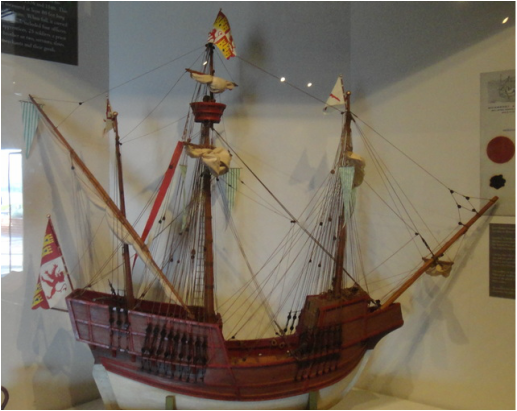
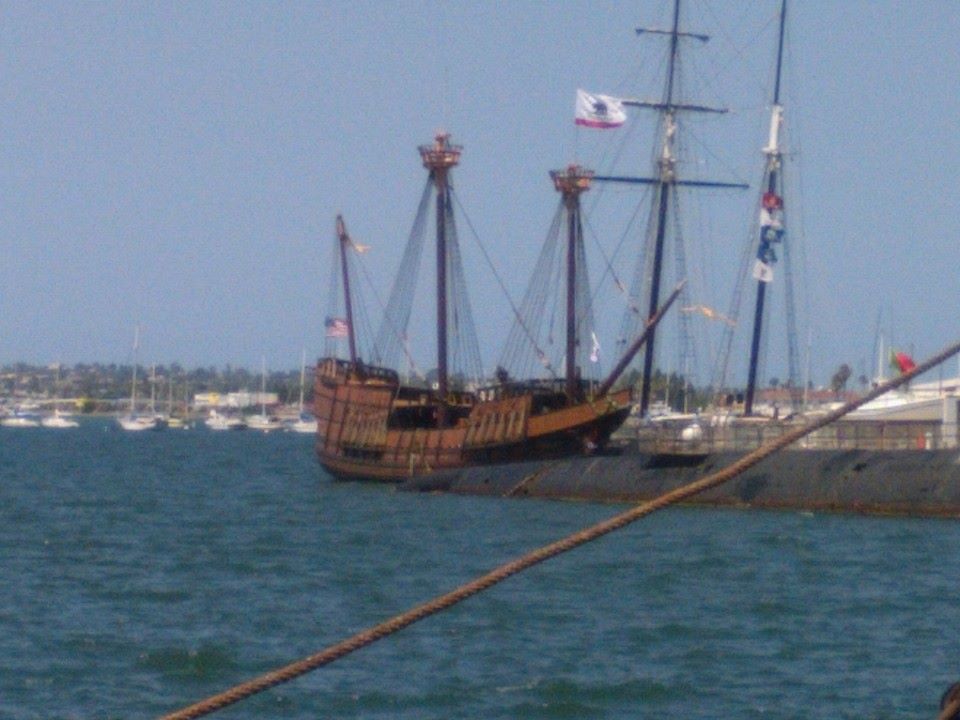
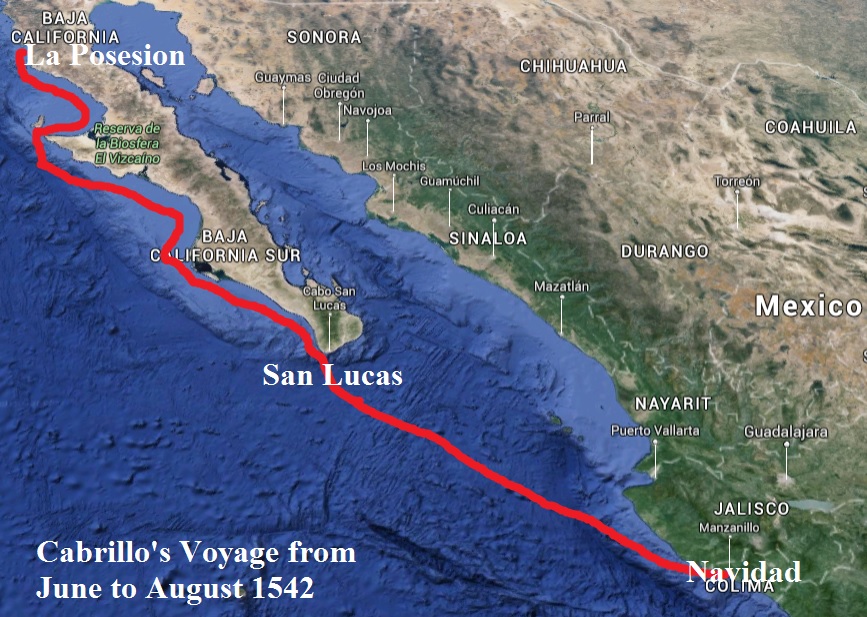
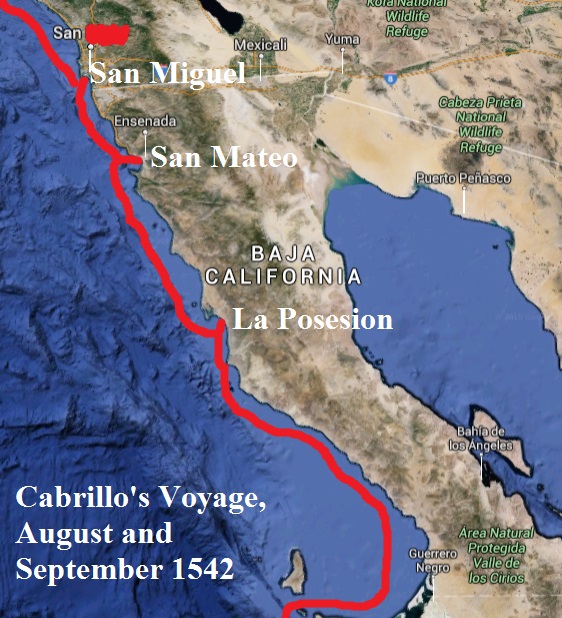
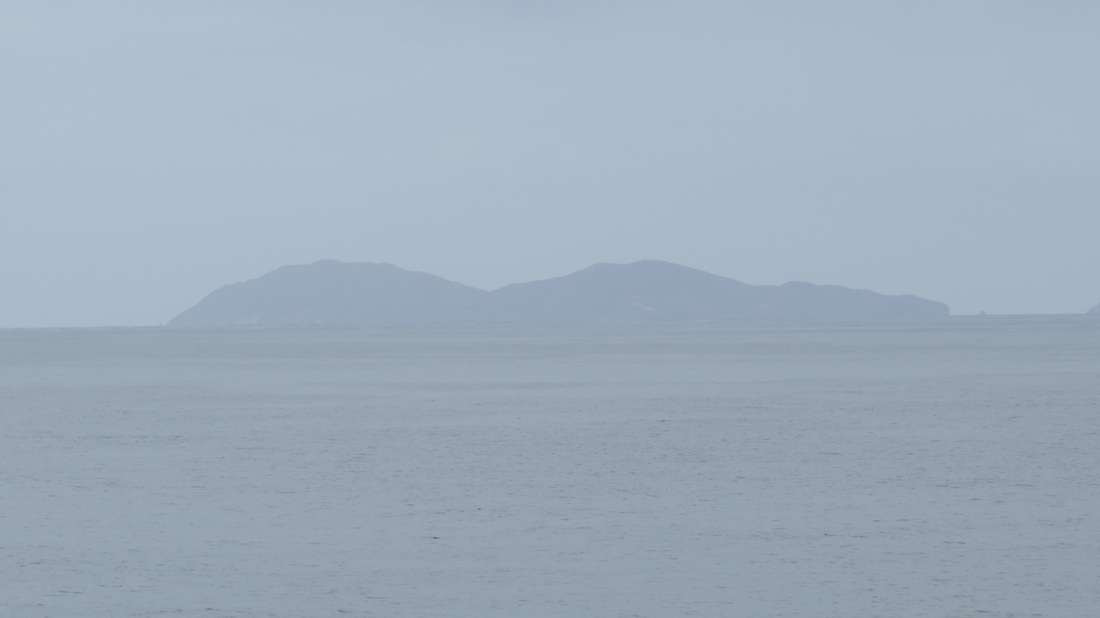
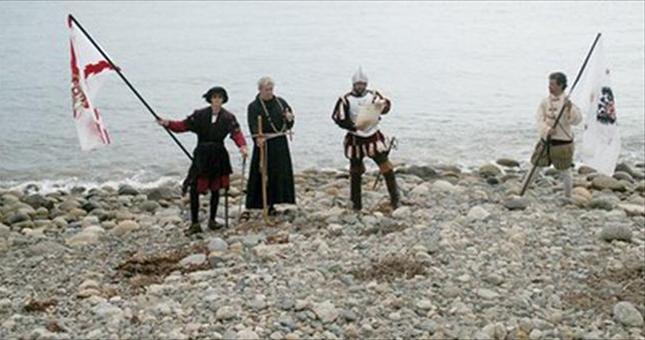
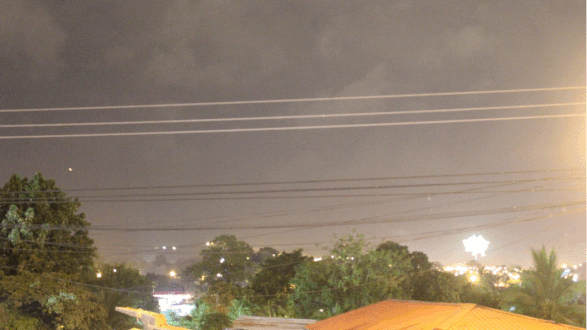
 RSS Feed
RSS Feed